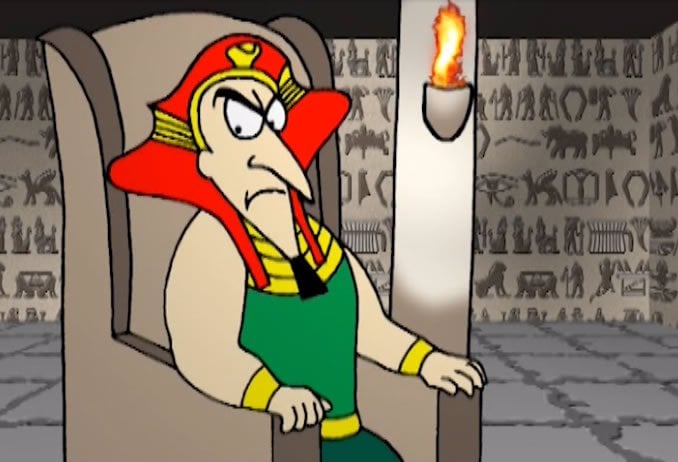ב"ה

Delving into Sefirat HaOmer – ritual counting from Pesach to Shavuot – the slightly disparate narrative of biblical verses lead into unique understandings of this Torah mandate, and how it might be performed in the post-temple exilic era, as separate schools of thought emerge regarding the nature this commandment today. The dominant opinion that modern-day counting is performed by rabbinic ordination alone, begs a question: how does a man-made Mitzvah create a divinely ordained festival? Remarkable insight into the counting and its effects ensues!

The ancient Biblical skin-affliction known as Tzaraat has not been manifest for millennia for it only visits people of lofty spiritual stature. Yet our Sages state that this affliction comes as consequence/punishment for the sin of lashon hora—gossip. Clearly, one who is guilty of gossip is not on an elevated spiritual plane! How can we reconcile these two statements? In resolving the apparent contradiction this class will explore the potent power of speech. (Likutei Sichos vol. 22)

In the Mishnah, R' Yehudah says that if a metzorah (one who suffers from Biblical leprosy) enters someone's home uninvited, the home becomes defiled within the amount of time it takes to light the Shabbat candles. What is the deeper, spiritual meaning of this law and how does it help us understand the tremendous power of the Shabbat candles? (Based in Likkutei Sichos, vol. 17, pp. 141)

This profound and penetrating analysis of the scriptural verbiage employed to introduce the dermal discolorations called Tzara’at -the biblical anomaly of antiquity - is instructive as it’s inspirational. Following a basic overview, you’ll be introduced to a stunning display of the Oral Torah’s unbroken continuum of painstakingly developed teachings as they evolved over the ages. Be amazed at the array of legal and philosophical ideas conveyed by the use of a single biblical noun, which climaxes with deeply mystical insights into this seemingly obsolete concept that actually resonate with timely messaging and extraordinary urgency in our modern age of social media!

Letters and Numbers of Torah - Tazria
In the verse Leviticus 13:33, the word "v'hitgalach" meaning "he shall shave" has a large-sized letter gimmel. The letter gimmel is numerically equivalent to the number 3. What is the connection between the number three, Biblical leprosy, removing hair, and the time of the Omer count?

“The Second Passover teaches us that ‘It’s never too late.’ The holiday was given for those who were unable to offer the original Passover sacrifice in its proper time. They thought that it was too late, and yet they were told that there is a solution. So too, in any area of life, if there are things you should have done in the past but did not, it’s never too late to make them up now.”

Learning Likutei Sichos vol. 17, Shemini sicha 3
Understanding Rashi’s commentary on how Moshe conceded to Aaron’s argument, underscores how they represent two conflicting approaches that are both valid, namely truth and kindness. We learn that you should aspire for consistent spiritual connection, but

Learning Likutei Sichos vol. 27, Shemini sicha 2
An analysis of the dialogue between Moshe and Aharon whether the Rosh Chodesh sacrifice, which was offered on the day the Mishkan was inaugurated, should be consumed or burnt (as worded in Rashi vs. the Talmud). This nuanced discussion contains an importa

Learning Likutei Sichos vol. 26, Pekudei sicha 1
Is the parsha of Pekudei a continuaton of Vayakhel or is it a new message? This hinges on the translation of Pekudei as we’ll uncover in Rashi. The spiritual message is to take action to make a personal home for Hashem, even if your intentions aren't full
Get the Chabad.org Video app










































































































